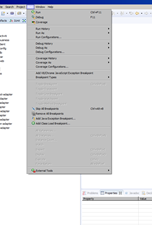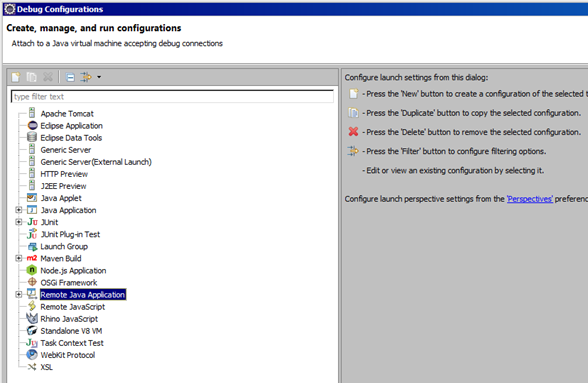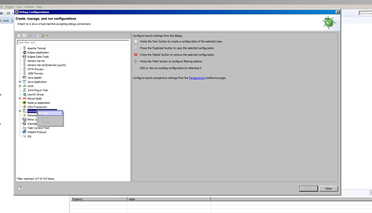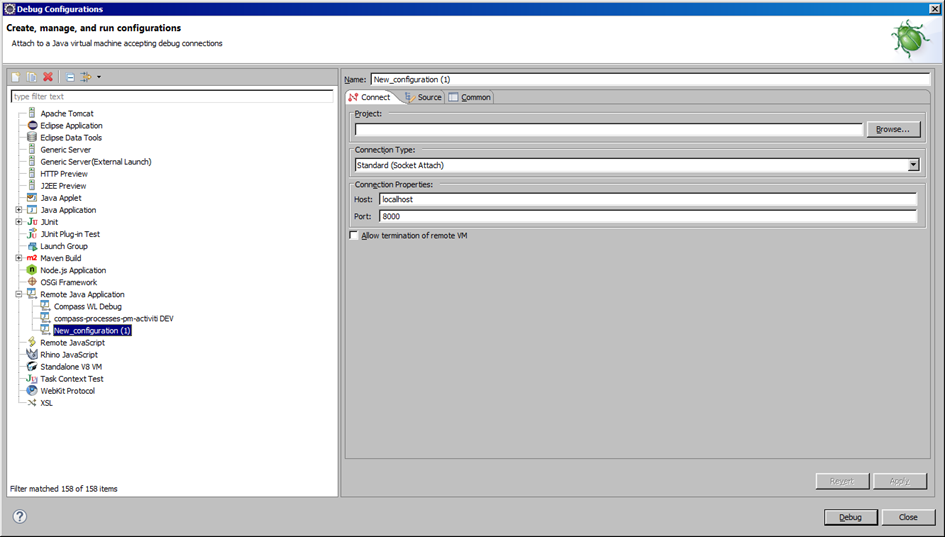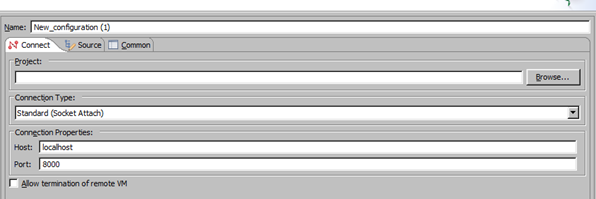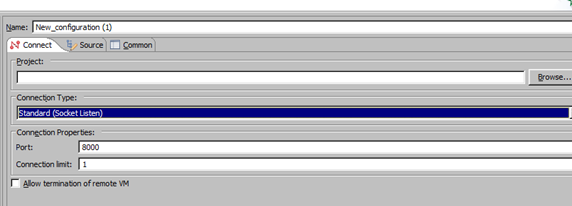Weblogic Domain and Cluster
What is a domain?
A domain, in weblogic world, is a set of weblogic (WL) instances that can be managed by the same administration console.
That’s why they are call managed servers.
Each WL instance can run on the same machine of the administration server or remotely
What is a weblogic instance?
It is just an ip and port address where the single weblogic listen
Why to use (or at least to be aware)
If you have different weblogic servers that you need to manage (remotely for example) you can create a domain that includes them.
Or/And, if you need a cluster of instances then you must before add all cluster instances in a domain and then you can create your cluster
So you can have two types on WL instances in a domain: Standalone (which don’t belong to any cluster) and Clustered
How
In weblogic console, in Environment==> Servers you can add you weblogic instances. You have just to know the ip and port address of each weblogic instance you want to add in the domain
What is a cluster?
A cluster is a subset of a weblogic domain, where each WL instance of the cluster has the same goal: allow load balancing and fail over for the fantastic (same) applications they host.
Of course, as you manage a set of instance for the same application(s), when you deploy the application you do it just one time for all WL instance in the cluser, and the WebLogic Administration is in charge of update all instances in the cluster.
Just a thing good to know: all the WL in a cluster must have the same WL version
From a client point of view the cluster is transparent. The client doesn’t know how many WL instances there are behind that ip address
Why
Advantages of a cluster are the same of LoadBalancing and Failover.
Scalability (Load Balancing): The capacity of an application deployed on a WebLogic Server cluster can be increased dynamically to meet demand. You can add server instances to a cluster without interruption of service, the application continues to run without impact to clients and end users.
High-Availability (Failover): In a WebLogic Server cluster, application processing can continue when a server instance fails. You “cluster” application components by deploying them on multiple server instances in the cluster so, if a server instance on which a component is running fails, an other server instance on which that component is deployed can continue application processing.
How
You can manage WL instances for a cluster in just two steps:
- create the cluster (in Environment ==> clusters ==> new button)
- for each existing or new server you can choose a cluster
That’s it!

